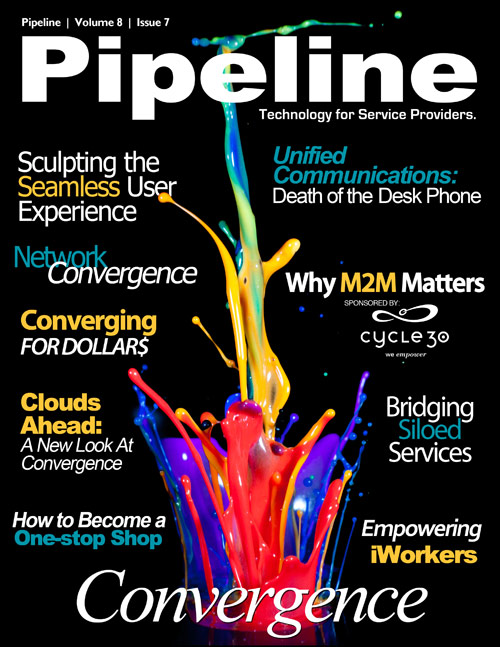The benefits of such integration have some analysts making bold predictions. "Within the next two to three years, the pure-play policy market will be dead," said Heavy Reading analyst Ari Banerjee, who designed the survey. "Service providers realize they can't have a lot of complex plans. And they can't base their plans on things consumers don't understand–such as how much data usage is represented by a gigabit."
Marketing Leads the Way to Advanced Data Pricing Plans
The recent rise in new data price plans is being driven by service providers' need to offer customers an improved data experience and to better monetize their investments in network capacity. Interestingly, it's not just "the techies" who want more sophisticated data pricing plans: 83 percent of global survey respondents say their marketing organizations are asking for IT to enable these innovative plans. Marketing's key motive is to move away from flat-rate data plans or unlimited plans, which do not maximize revenue. Marketing departments are looking to implement nuanced and complex tiered-rate plans, but are constrained by back-office issues. The majority of respondents said they are most heavily considering data plans shared between several devices, followed by data plans shared between several family members.
All of the service providers interviewed had deployed policy management systems, either as a standalone product in their own implementation or as part of a packet core, according to Banerjee: "When we asked them if they had extended these solutions to monetization of data, the overwhelming majority said they had either tried and failed, or had found the projects needed so much integration that they couldn't make it work cost-effectively."
Another interesting finding: 80 percent of respondents said they did not think their existing policy management systems, which are mainly deployed to support network-related use cases, could support more advanced use cases, such as data plans across multiple lines of business and payment methods and spend limits. Ten percent have already tried to integrate charging and policy management systems and failed.
Where Do We Go From Here?
So how can service providers offer all types of price strategies and at the same time monetize the new models in the best way?
"We can expect new data price plans to flood the market as data usage skyrockets with the introduction of improved tablets and smartphones," said Banerjee. "Our research shows there is global consensus that integration of charging and policy management capabilities is required to monetize these new data pricing strategies. Service providers have found attempts to integrate charging and policy management by their internal IT and network departments challenging and too expensive, and are now seeking pre-integrated vendor solutions."
Everyone–service providers and their customers–stand to benefit from the convergence between policy management and charging. Service providers want the ability to create a new generation of data plans that will enable them to better monetize data services, and customers are practically begging for simple and intuitive data plans that take into account today's proliferation of data-consuming devices within households across developed markets.
This mutual need is sure to play a large role in the flexible new data plans that will be taking over the market, as devices like the iPhone 4S, iPad 2 and the Amazon Kindle Firetablet cause data usage to skyrocket.The marketing departments of leading service providers are pushing hard to offer valuable services and plans customers want and see value in. But to deliver this value and personalize their customers' experience, service providers must start thinking about policy and charging as intertwined.
That's the kind of convergence that can help service providers fully exploit–at long last–the explosion of data traffic to support rich, continually growing new revenue streams.









